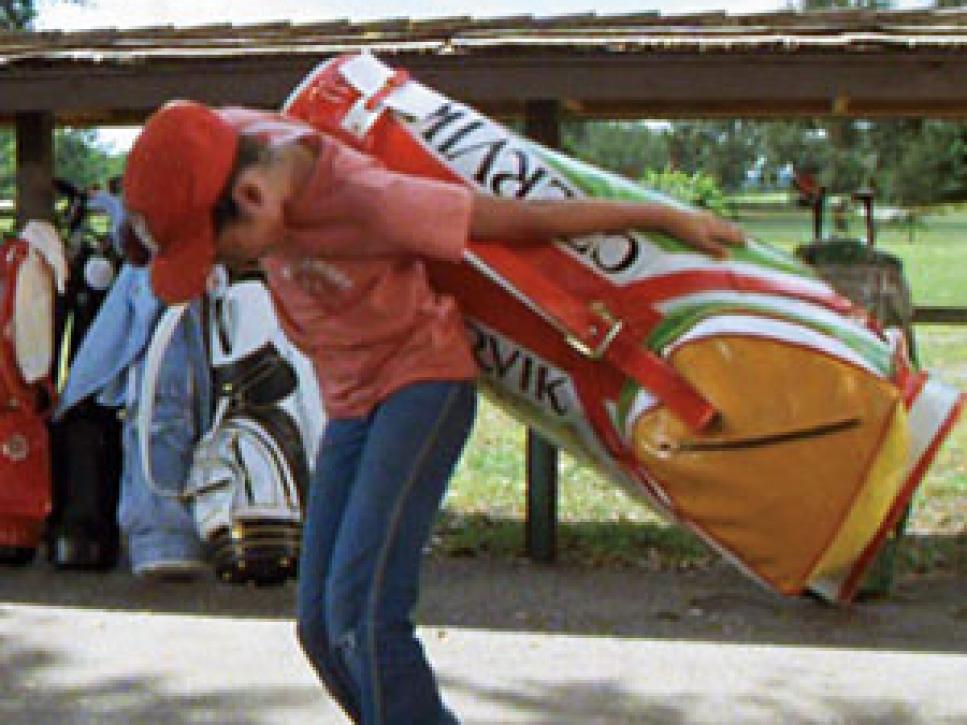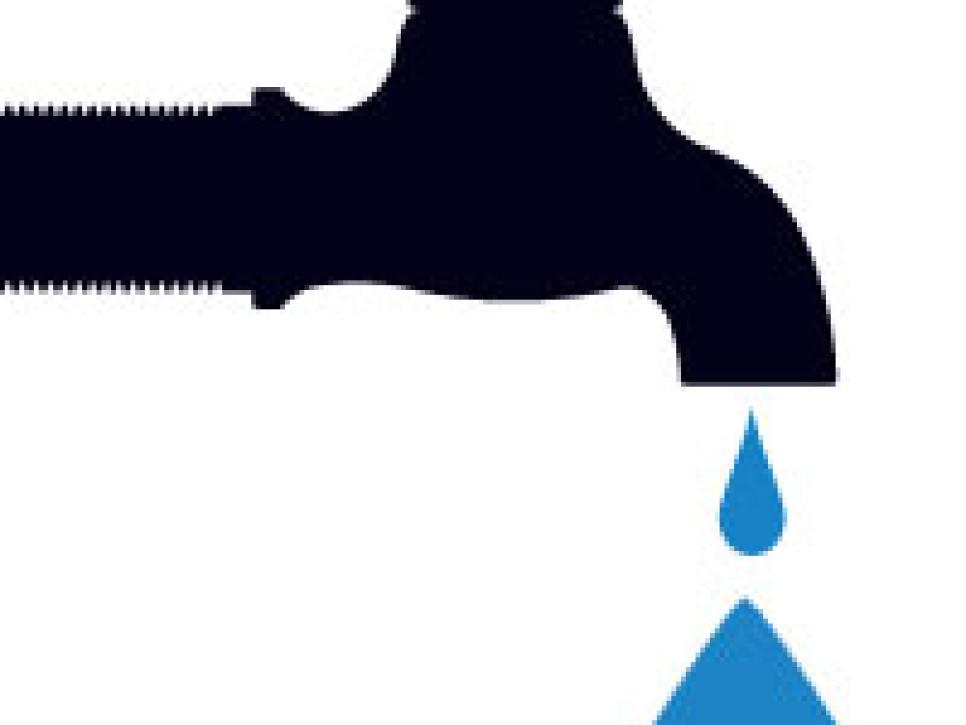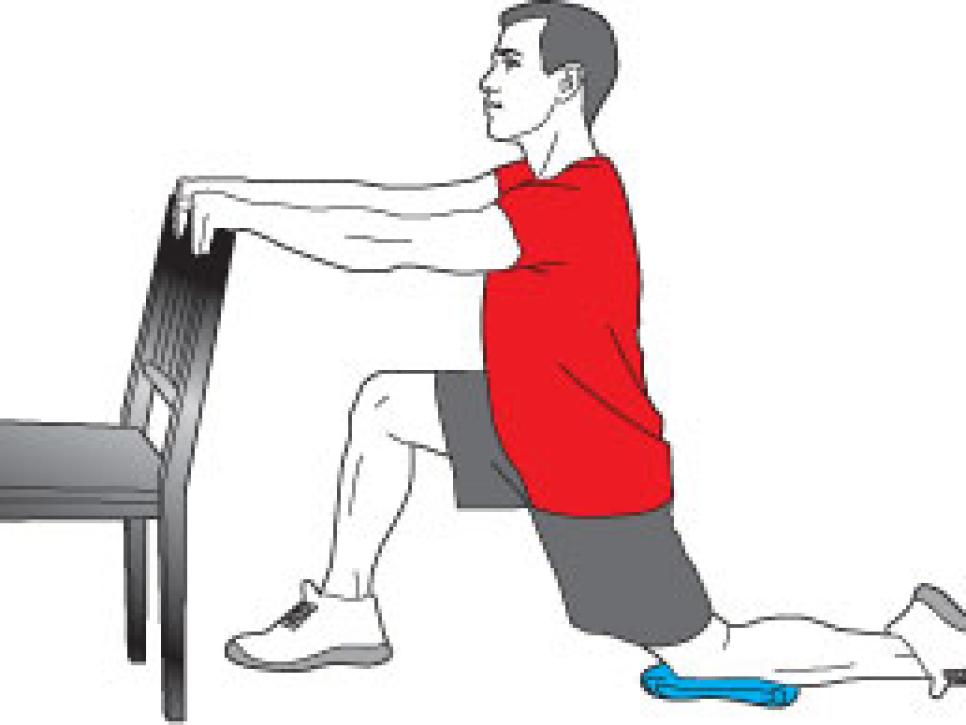News
A Big Weight Off Your Shoulders

There's a reason almost all carry bags come with two straps: Supporting the weight of a golf bag on both shoulders makes the task easier and safer. But let's be honest, there are times when you might be too lazy to use both straps, and you let the bag hang off one side of our body. Though it might be convenient, it could lead to back pain and eventually sideline you from the game you love.
It's not that carrying on one side is a particularly arduous task. It has more to do with compounding issues developed by the golf swing, says Dr. Robert Watkins, a spinal surgeon and former consultant to the PGA Tour. "It's already a sensitive area because of the torsion placed on the lumbar spine when you swing," he says. "There is the possibility of causing musculoskeletal problems." For right-handed players, the right side of the body handles much of the force needed to swing a club, says Golf Digest fitness advisor Ben Shear. Over time, you can develop muscular imbalances, and those differences are worsened by constantly favoring one side of your body to haul your clubs.
One way to avoid imbalance issues is to alternate a one-strap carry from shoulder to shoulder, Watkins says. However, Shear suggests a carrying technique known as a "farmer's walk." Pick up the bag as if it were a suitcase, and let your arms hang to their sides. "The key is to stand tall. Don't let the weight of the bag make you bend your spine toward the bag's side, and make sure you switch arms from time to time."
Watkins also recommends standing tall when carrying a double-strap bag. The more you bend forward, the more the force is placed on the top part of your spine, he says, which could lead to neck issues.
*Golf Digest fitness advisor Ralph Simpson contributed to this report. *

WATER-COOLER TOPIC
Before you take a drink from a golf-course cooler, you should know where the course gets its drinking water and how the staff fills the coolers. The source of the water is important, and you should be concerned if it's obtained from a private well. The EPA doesn't mandate the guidelines for regulating poisons such as arsenic in private wells. Arsenic commonly gets into water from natural deposits in the ground. Municipal water supplies are regulated so that the poison doesn't exceed 10 parts per billion. Chronic consumption of even low doses of arsenic can cause respiratory illnesses, cancer and cardiovascular disease. Assuming the water source is safe, the course should fill its coolers with a food-grade hose or faucet (not a garden hose), and workers handling the water or ice dispensers should wash their hands first. These guidelines might seem overly cautious, but keep in mind that many gastrointestinal issues are caused by contaminated water. In 2002, a 15-year-old boy in Phoenix died after consuming ice from a golf-course cooler that contained norovirus.

AVOID HITTING IT THIN
If you frequently hit low line drives off the bottom edge of the club, the problem might not be a lack of practice. "You need better hip flexion, especially if you have a job where you sit for long periods," says Golf Digest fitness advisor Randy Myers. "Tight hips make it difficult to stay in the posture that you were in at address. Your body rises up, and the club bottoms out too early, causing you to hit a thin shot." Myers says taking a break from your job for a few minutes a day to stretch can help. The key is to keep your torso upright as you lean your pelvis forward as far as you can from a lunge position, he says. Briefly hold this extended position, relax, and repeat. After 10 repetitions, switch the positions of your legs and do 10 more.